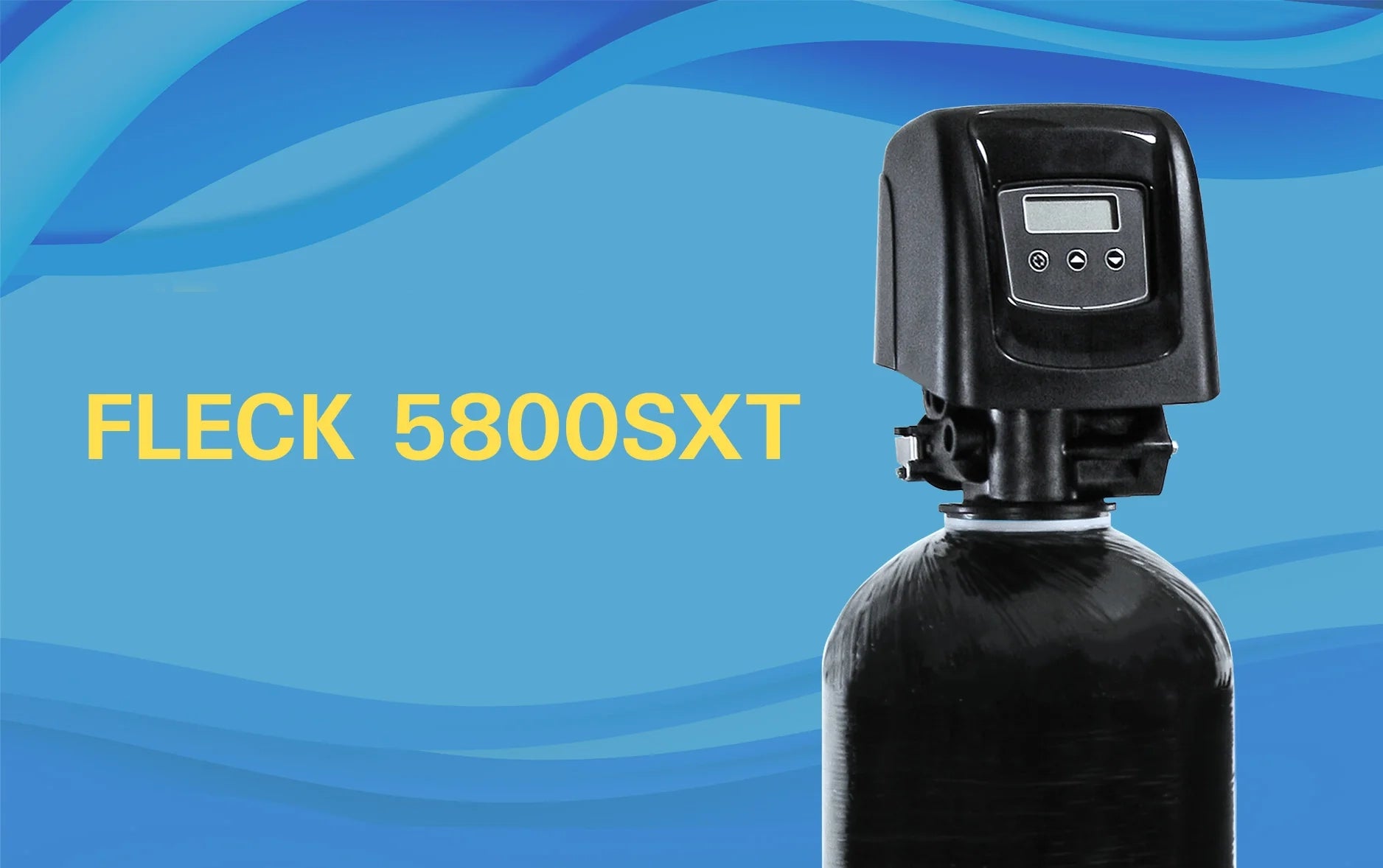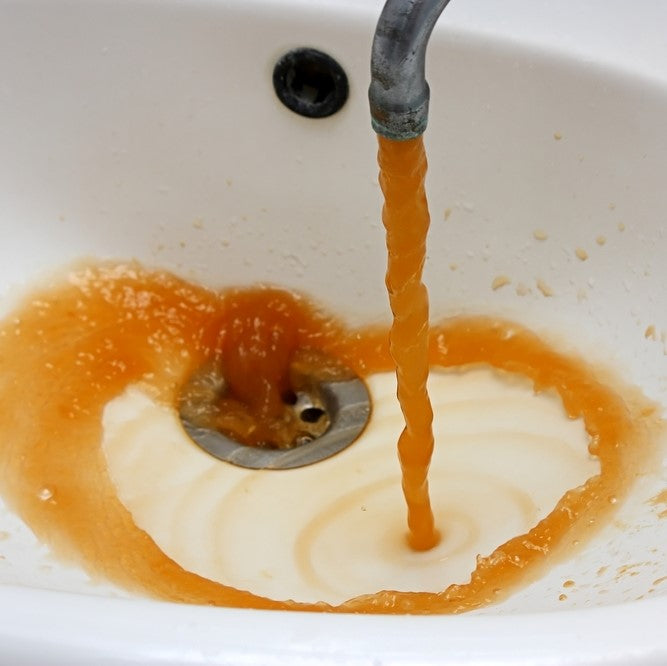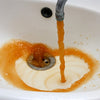IRON - PART 2
IRON REMOVAL SYSTEMS – OPTION 1
Since water treatment began, companies have developed several different iron removal methods and systems. We will go over the most popular types to treat iron and discuss the pros and cons of each over the next several blogs. One thing to remember is there isn’t just one way to attack an iron issue and what might work for one home might be the best for another home.
Water Softeners
If you have iron levels of .3 ppm (Parts Per Million) to approximately 3.0 ppm, water softeners can frequently be effective. The cation resins in the water softeners actually prefer the iron to the hardness elements like calcium and magnesium. There are two things to concern yourself with when considering this option. First, test the water to determine if you have iron sulfur-reducing bacterial – IRB or SRB. If found present, then a water softener will not work for very long as the bed often gets overwhelmed with the bacteria. Second, combating iron with a water softener will work best if the pH is as close to neutral (7.0) as possible. Interestingly, IRB and SRB usually occur in water supplies that have a pH above 7.4.
If the iron concentrations are greater than 3.0 ppm of iron, then the treatment must be designed to ensure that the backwash regeneration cycle is strong enough the remove and wash away the iron that is collected out of the raw water. While not recommending that a water softener be installed on the water above 3.0 ppm, it will work as long as the pH is as close to 7.0 as possible (or even lower). If you do intend to remove iron with a water softener, then it is advisable that you know the level of iron and choose the appropriate type of resin. For 1 to 2 ppm of iron, you can use 8% Crosslink resin and for 3 to 5 ppm use Fine Mesh resin.
We also recommend the use of Res Care. This is easily applied by the use of a Res Care Feeder that hangs in your brine tank and adds one drop per day to your brine. If you don’t choose this, then we recommend using softener salt specifically for iron issues – the bags are normally green colored and might say “iron fighter” or “rust remover”. Do not use both Res Care and the softener salt mentioned above, just one or the other. What these treatments do is keep the resin and inside of the softener valve “clean” so it performs at or near the same efficiency as when you first receive your softener. Iron has a tendency to stick to the surface of the resin and valve and these products help remove these deposits during regeneration.
Pros & Cons
Pro: This is the most economical way to treat iron. One system for treating hardness and iron, so you will need less floor space.
Con: When sizing the correct system, each ppm of iron equates to 5 gpg (grains per gallon) of hardness. You will then need a larger system than if you were only treating hard water and, therefore, use more salt. You must use either Res Care or iron fighting salt or your system can quickly become inefficient. Cannot use a softener only if iron levels are above 5 ppm.















